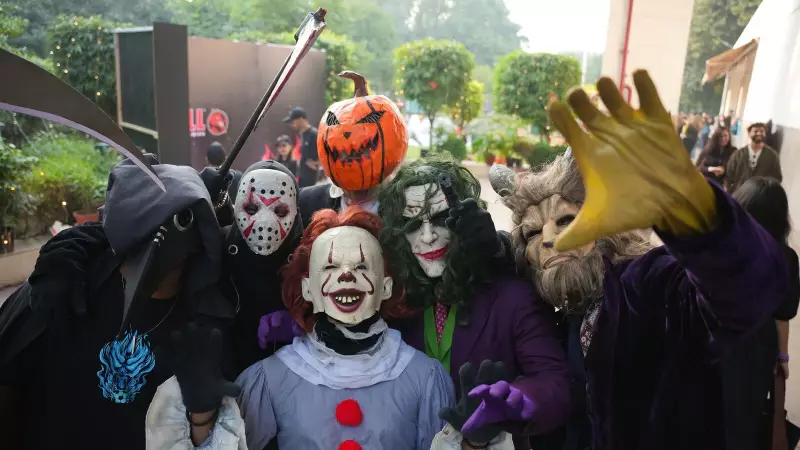
Move over Bollywood horror—India's digital landscape is brewing a terrifying revolution that's keeping millions awake at night. While mainstream cinema often struggles to deliver genuine scares, a new generation of horror creators is mastering the art of fear through podcasts, YouTube channels, and social media platforms.
The Rise of Digital Nightmares
At the forefront of this movement stands Divay Agarwal, the mastermind behind the wildly popular horror podcast 'Khooni Monday.' What began as a passion project has evolved into a weekly ritual for horror enthusiasts across the country, proving that you don't need big budgets to create bone-chilling content.
'Khooni Monday' has become more than just a podcast—it's a cultural phenomenon that taps into India's rich tapestry of folklore, urban legends, and supernatural beliefs. Unlike conventional horror that relies on jump scares, Agarwal's content builds atmospheric dread that lingers long after the episode ends.
Why Digital Horror Thrives in India
The success of creators like Agarwal isn't accidental. Several factors contribute to the booming horror content ecosystem:
- Accessible platforms: YouTube, Spotify, and Instagram provide direct access to audiences without gatekeepers
- Cultural resonance: Content rooted in Indian myths and local ghost stories creates deeper connections
- Community building: Fans actively participate through comments, suggestions, and shared experiences
- Creative freedom: Digital platforms allow experimentation with formats and storytelling techniques
Beyond the Screams: The Business of Fear
What makes this movement particularly interesting is its sustainability. Successful horror creators have developed viable revenue models through:
- Brand partnerships and sponsorships
- Exclusive content for premium subscribers
- Merchandise featuring iconic characters and catchphrases
- Live events and immersive experiences
The Future of Indian Horror
As technology evolves, so does horror content. Creators are now exploring augmented reality experiences, interactive stories, and AI-generated narratives. The line between content creator and audience continues to blur, with listeners often contributing to story development.
The digital horror space represents a significant shift in how Indians consume and engage with scary stories. It's democratic, diverse, and constantly evolving—proof that sometimes the most terrifying things come in small, digital packages rather than big-budget productions.
This grassroots movement demonstrates that genuine fear doesn't need fancy special effects—it just needs compelling storytelling and an understanding of what truly terrifies the Indian psyche.





